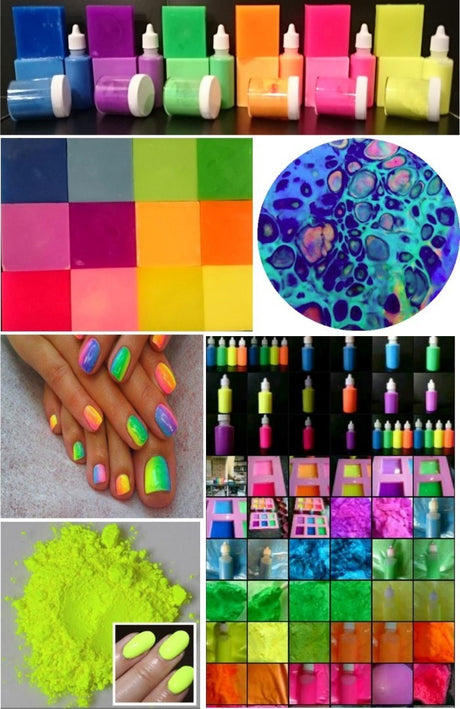
Pigments VS Dyes - What's the Difference, When to use each in Soap Making!
Pigments - Dyes - Neon Pigments A little about each and when to use them.
Lesley Mitchell |
USA Cancellations: Due to the USA tariffs being unable to be collected, USA orders cannot be shipped at this point. We hope once the tariffs situation has changed we may be able to supply you again.
XMAS CLOSURE: We are now closed until January 8th - You are welcome to order & Your parcel will be sent after the 8th Jan' 2026 - THANK YOU!

Pigments - Dyes - Neon Pigments A little about each and when to use them.
Lesley Mitchell |

We use 4 main types of colourants: Lakes, Dyes, Pigments and Micas - So What's the difference? Lakes and Dyes will both "dye" or colour to term more correctly, however generally...
Lesley Mitchell |